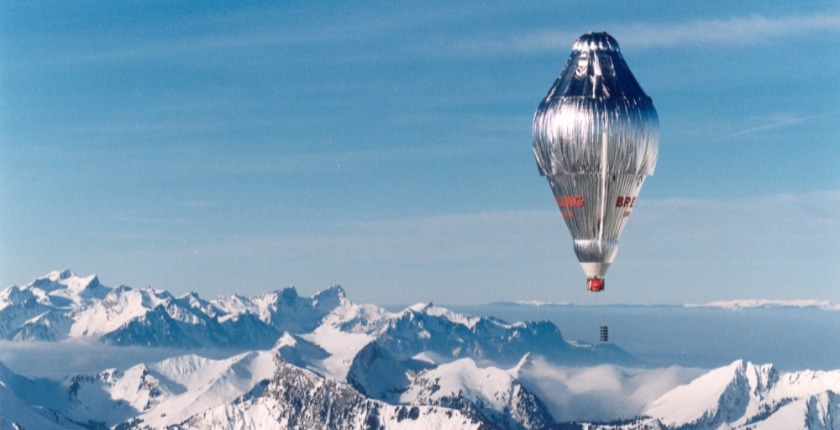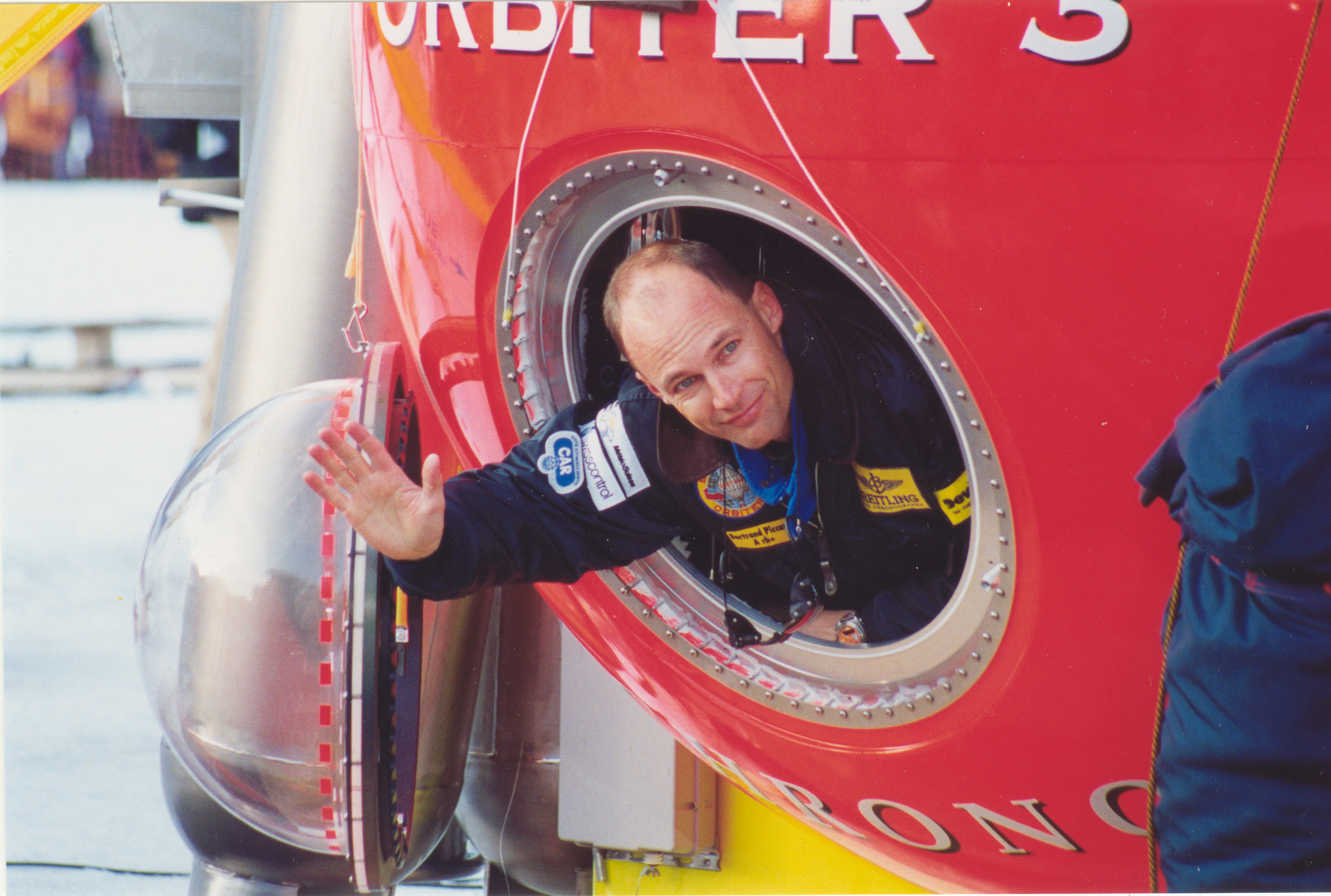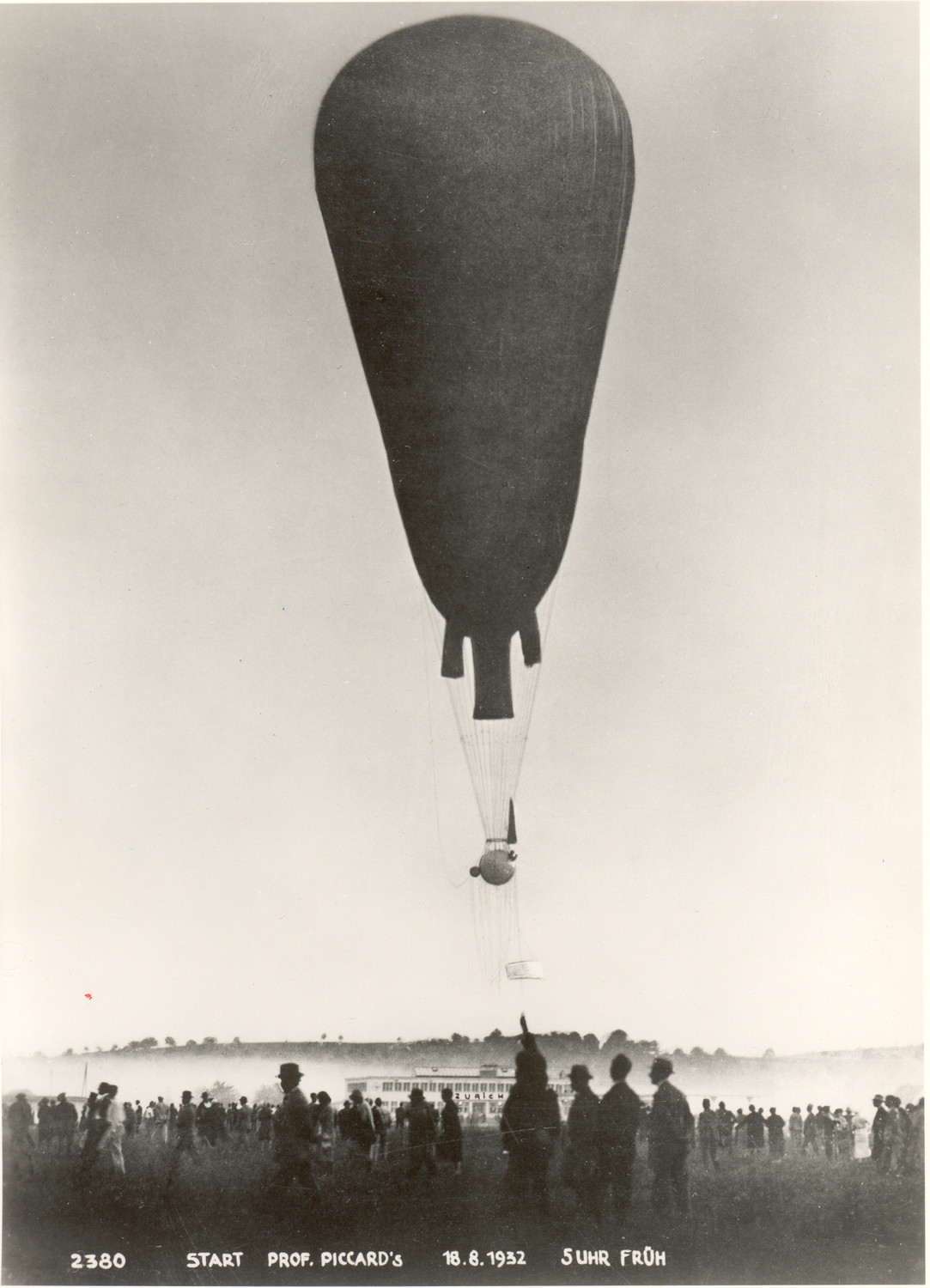Opinion
Personal development: drop your ballast and change altitude to live a better life

Flying in a gas balloon teaches us to do exactly the opposite of everything we have learned to do in our daily life, and offers us new strategies for innovation, creativity and crisis management.
In our education and training, we are taught to fear the uncertainties, the changes, the unknown, in other words everything we cannot control. So what do we do? We acquire all the possible tools to fight against unpredictability and avoid obstacles. We want to have more power, more speed, more control to go in the direction we have chosen. Sometimes it works, but much more often life doesn't give us exactly what we expected. How often do our dreams become reality?
In a balloon, everything is different. We have no power as we have no engine, no control, as we are pushed by the wind, and we don’t even control our own speed or direction, as it is the meteorological conditions that will decide. It’s a permanent crisis situation as we know exactly where we are coming from, but without any idea where we are going.
So what's the interest of it? In the basket of a balloon, we can learn something vital: the atmosphere is made out of very different wind layers which travel in different direction and at different speeds. It means that each time we are pushed in a bad direction, the only way to get out of it is to change our altitude and find a layer of wind which will give us a better trajectory.
In life, we face the same situation, because life is like the atmosphere: everything we face - fashions, trends, the stock exchange, the financial crisis, political decisions, as well as accidents, sicknesses and deaths, success, failure, love and so on, everything is like the wind: it comes to us in a completely unpredictable way and pushes us toward the unknown. So if we are used to hating the unknown, our entire life is going to be a nightmare.

We should understand life as an experimental field that we must explore in order to acquire new tools and new resources to always be more efficient. We will just waste our time and energy if we try to resist or to fight against that which we cannot control. We should behave as a balloonist and understand that our only freedom and responsibility is to change altitude in the winds of life each time we face unfavorable situations. In our education, our profession, our way of behaving and reacting, even psychologically, philosophically and spiritually, we must change altitude to find other levels, other influences, strategies, solutions or answers that will automatically push us in another direction. We must be ready at every moment to modify our vision of the world if we want to steer our destiny around the obstacles and invent our own future instead of being a victim of it.
But changing altitude in the winds of life is not to be understood as a poetic metaphor. It becomes a very concrete behavior as soon as we understand how a balloon works; If you want to climb, you have to become lighter, and therefore you have to drop ballast, i.e. sand, water, reserves of food or old equipment you don’t need any more (if possible over unpopulated areas!).
In our life, we should learn to do the same. We have a lot of ballast, but we unfortunately learn to keep it on board. Our ballast is made out of certitudes, safety, habits, convictions, beliefs, exclamation marks, paradigms, dogmas, common assumptions and so on. Unfortunately, every time we face a crisis, we try to hold this ballast in our hands as hard as we can instead of throwing it overboard. We believe this attitude will make us stronger, but it’s wrong: it only makes us heavier. Have you noticed how much we tend to cling to familiar habits in a period of crisis, instead of dropping our ballast over board?
Learning to drop ballast is crucial, although it is not at all what we learn to do in our education. What does dropping ballast mean? To honestly analyze what we deeply believe, and try to envisage exactly the opposite. I don’t mean that the opposite will necessarily be better, but that we can become aware of our usual way of thinking and simultaneously imagine exactly the opposite. Like this, we won’t just have one single option available, but all the options that stand between both extremes. Not only one direction that keeps us prisoners of a crisis, but all the solutions laying in front of us. All the solutions will suddenly be within our reach. The next step will be to find which one suits us best and then decide to follow it. This active decision will make us free. Not necessarily free to do everything, as this is not always possible, but free to think in every direction, to envisage our future in a more innovative way.

Of course everything should begin by being honest enough with ourselves to understand on what basis our vision of the situation is constructed. It also means we are obliged to be able to admit that there are completely other ways of doing and thinking than the ones we have learned. And this can be difficult for our ego to admit. Therefore our ego should be considered as additional ballast.
A good exercise is to listen to someone who has a completely opposite opinion, without interrupting all the time to give our own views. And not only without interrupting, but also by listening carefully to the other arguments while thinking within ourselves: “What can I learn from that?” or “And what if this person was right and I was wrong?”
This is true for politics, religion, finance, environmental issues, medicine, children’s education and so on. If you cannot accept that the opinion of people having another religion or political party is valuable, you will never be able to change anything in your own strategies of business, your relations with other people or in your private life.
The worst mistake is to believe that a good strategy or a way of thinking that has worked for a long time will always continue to work in the future. Therefore doubts and question marks are more important than habits and certainties. We should regularly ask ourselves: “On which paradigm is my strategy based?” and “What should I maybe change before the Winds of Life take me by surprise and put me in a crisis”.
If we get used to behaving like the balloonist does, how will our future look like? Like a firework. It will no longer be a single line pushing us in a single direction. At every moment of our life, the future will be made out of all the possible lines going in every direction and at every altitude, in 3 dimensions. And what is creativity, crisis management, entrepreneurial spirit, innovation? It‘s when we accept to explore the vertical axis, to change altitude, monitor and explore every layer in the winds of life, and try every different way of thinking and behaving, until we find the one that goes in the direction we are looking for. This is why innovation comes less with a new idea we have than with an old belief we throw overboard as ballast.
So let’s try to more often play an active role in our future rather than be a victim of our fate , by changing altitude in the winds of life.

